I have just started to read the book but the thought I woke up with this morning is that in addition to the concept that what we measure impacts our policies; if we create policies but don't put measurements in place to monitor those policies then they will never become priorities.
As an example here in New Rochelle we have a policy document GreeNR, the city's sustainability plan 2010 - 2030. It is an excellent plan, well thought out, created by a group of knowledgeable residents and city staff. It includes ten big goals plus an Action Plan covering topics from Energy and Climate, Resource Conservation and Waste Reduction, through to Transportation and Public Participation and Awareness. Each area of the plan lays out initiatives and goals. For example a waste reduction goal is to "Reduce annual per capita non-recycled solid waste by at least 15% from 777 pounds to 660.5 pounds and increase recycling rate to 50%". This is a clear and measurable goal however the department in charge of waste management does not have the tools to measure progress of this goal. If cities truly want to achieve well being for all residents, and to make inroads on the broader issue of sustainability, policy makers must not just set policy but provide the tools to both implement and measure progress on these policies. Only then will those policies become priories.
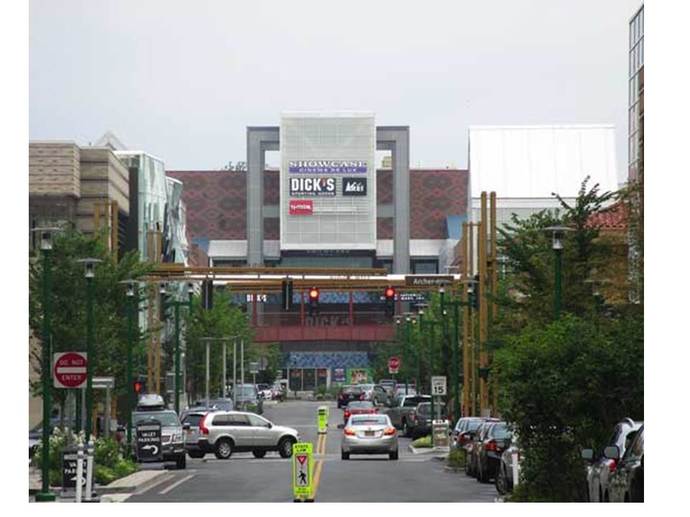
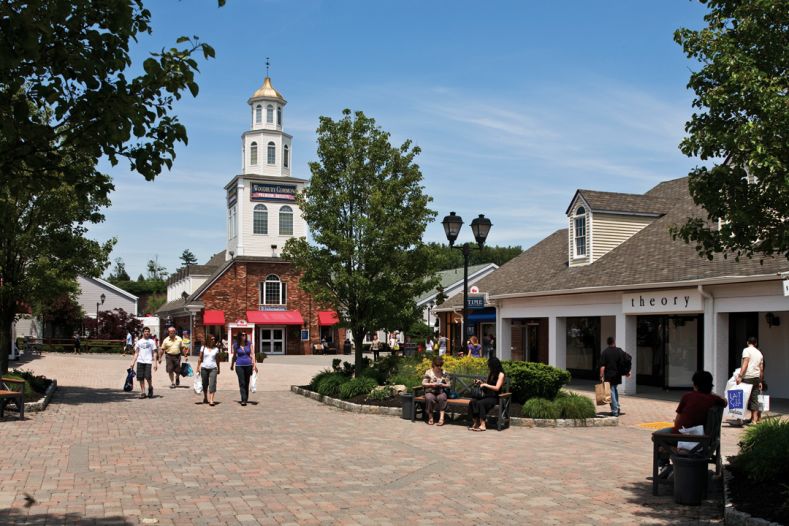
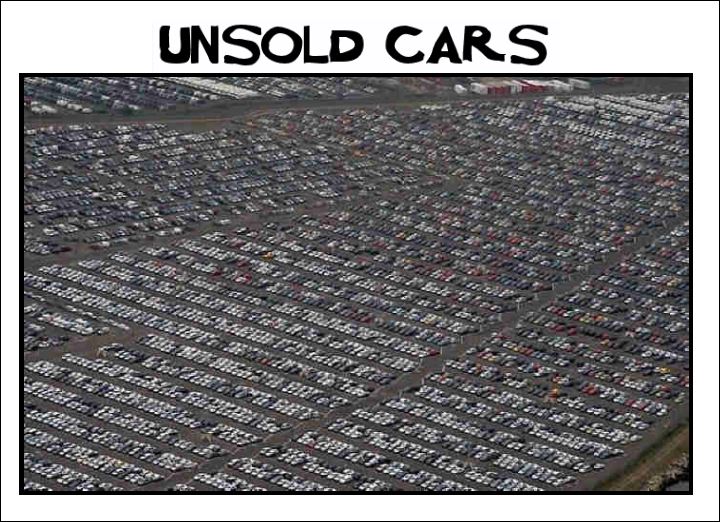
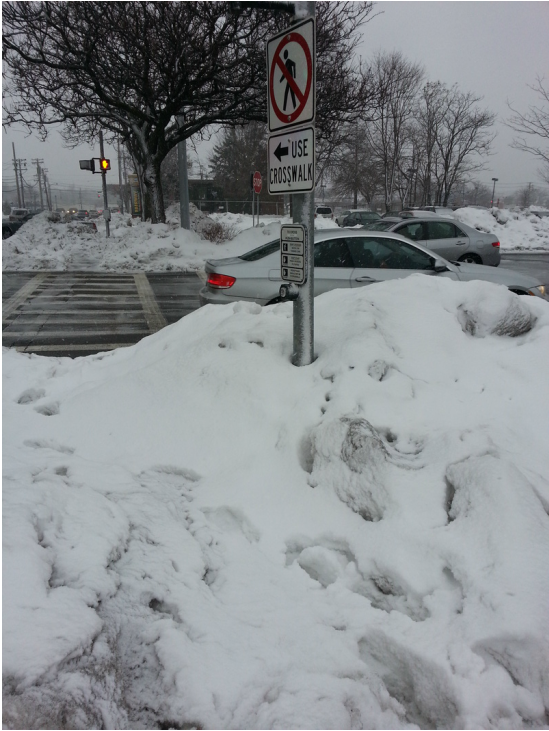

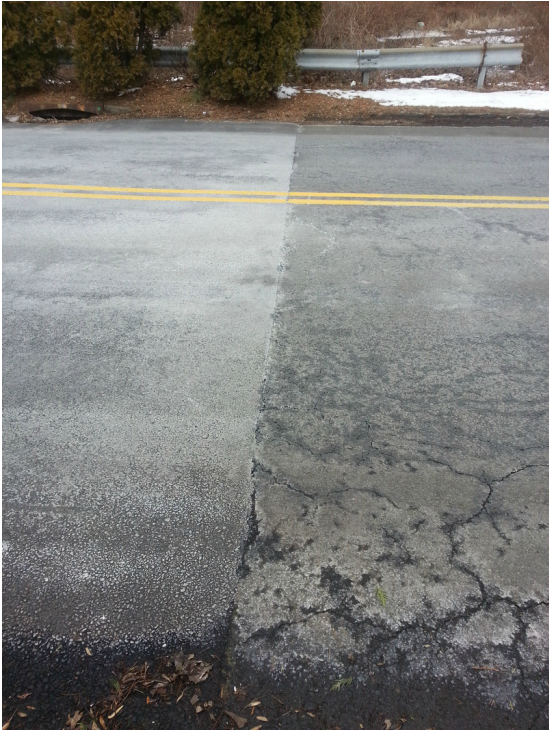
 RSS Feed
RSS Feed
